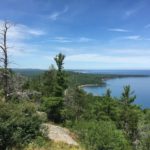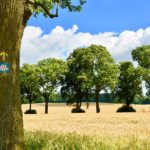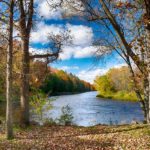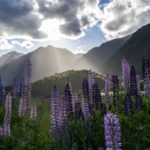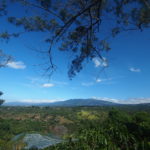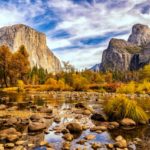Hiking in Peru: Conquering New Heights
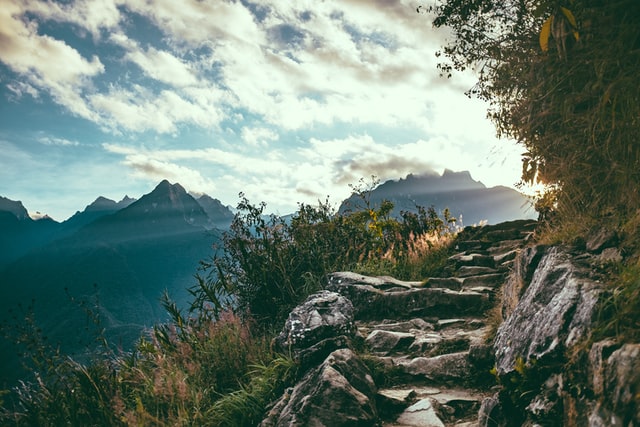
I’ve often joked that while my friends are taking artistic photos from cliffs overlooking giant canyons, I would be the traveler drinking a beer in every country. I like the idea of hiking, but it’s physically hard for me and I always end up straggling behind my friends, so it’s never high on my to-do list. However, on my recent trip to South America, people I’d met on the backpacking circuit shared photos of a place in Peru called Laguna 69, and I was enchanted.
The sparkling turquoise water of the glacial lake is a contrast to the snow-covered peaks that surround it high in the mountains of Huascaran National Park. The guided hike is a day trip from the town of Huaraz, and when I learned that the entire experience only costs about $13 US, I decided that I had to do it–no matter how hard it was.
What really makes Laguna 69 a challenge is the altitude: it reaches 4,600m (15,091ft). Even very fit people can struggle with altitude sickness at that height, and I definitely don’t consider myself a ‘very fit person’! I researched hiking at high altitude and learned some pointers for preventing altitude sickness:
Hiking in Peru: Conquering New Heights
- Acclimate for a few days in a highe-altitude town (such as Huaraz) before attempting a hike.
- Drink an extra 1 to 1.5 liters of water every day. Humidity is lower at high altitude, so your body dehydrates more quickly.
- If you are in Central or South America, you can buy coca leaves to chew on or make tea with, which helps with altitude symptoms.
- Eat foods high in potassium, such as bananas and avocado. Complex carbohydrates (such as whole-grain pasta) can also help you maintain your energy levels at high altitude.
- Avoid alcoholic drinks and excessive amounts of caffeine.
I carefully followed all the suggestions, even taking a practice hike to 3,800m the day before. Still, no-one who had completed the hike before me was able to offer a lot of comfort: they universally agreed that the hike had been tough.
On the morning of the hike, we had to wake up at 5:30 a.m for the 2.5 hour bus ride to the trailhead. I was a nervous wreck. I couldn’t sleep on the bus, and all I could think about was not wanting to be the one who had to turn around without making it all the way to the Laguna.
I thought about the people back home who were sitting in offices and cubicles on this Wednesday morning, and how fortunate I was to be here, breathing this crisp mountain air, taking pictures of cows and bright purple wildflowers.
Our guide, a local Huaraz man named Edgar, briefed us when we arrived at the trailhead. “Take it slowly,” he said. “If you start feeling any altitude symptoms, like a headache, please tell me right away. Go at your own pace. Drink a lot of water. Be careful not to twist your ankle, because we really don’t have a way to evacuate you from this trail!” He explained that the hike should take about three hours. We’d stay at the Laguna for about an hour, and then would hike back down the way we came, which would take three more hours.
The first part of the hike is relatively flat, but since it begins at 4,100m I could immediately feel the altitude: I felt like I had to breathe twice to get one lungful of air. I fell towards the back of the group and just focused on finding a slow, rhythmic pace: one foot in front of the other.
Hiking in Peru: Conquering New Heights
By the time the trail sloped upwards, breathing had gotten a little easier, and I was actually enjoying myself! I thought about the people back home who were sitting in offices and cubicles on this Wednesday morning, and how fortunate I was to be here, breathing this crisp mountain air, taking pictures of cows and bright purple wildflowers.
The jagged white peaks and cascading waterfalls were so beautiful that I found myself lost in a little reverie for the next few hours. The last part of the hike was the steepest stretch of the trail, and the loose rocks underfoot made it hard to keep my balance. Although I’d avoided the major symptoms of altitude sickness, I was beginning to run out of energy, and my lungs felt very tight. Edgar caught up to me and gave me a pep talk, explaining that I was just 500m from the summit. Feeling like I was hardly moving, I planted one foot in front of the other, and concentrated on that forward motion, no matter how slow it was.
Suddenly, I found myself rounding the corner to that once-in-a-lifetime view of Laguna 69. Feeling giddy with accomplishment, I stripped down to my swimsuit and ran into the sparkling, icy cold water. It was one of the happiest moments of my life.
I’m still the kind of girl who likes to have a beer in every new place. But now I know that I’m also the kind of girl who can climb a mountain, too.
Image by Unsplash.

